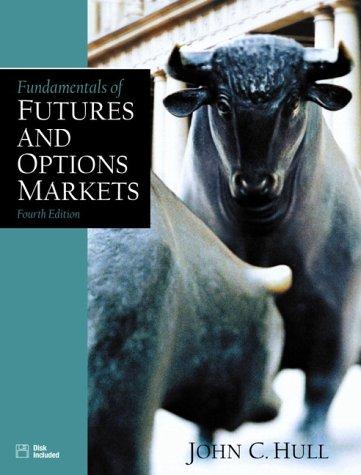Answered step by step
Verified Expert Solution
Question
1 Approved Answer
Farmer Buck tasked William, his financial consultant, with creating a mathematical model that explains the details of ranching. Assume the following: 1 . Definitions: A
Farmer Buck tasked William, his financial consultant, with creating a mathematical model that explains the details of ranching.
Assume the following:
Definitions: A heifer is an unbred cow. Herd size is adult pregnant female cows adult nonpregnant female cows does not include calves or bulls and in other words, means the minimum population of cows Farmer Buck needs to maintain for his given goals throughout the year A replacement cow is a oneyearold cow you receive when you trade your heifer to the auction house from a different ranch and a different fatherbull there is no cash inflow or cash outflow when trading a heifer for a replacement cow A bull is a male cow. Gross income is total incomerevenue before any expenses.
Modelformula: Assumes Farmer Buck has been in the ranching business for years already and only includes regular operational income and costs ie no startup costs, no purchases of cows, etc. Every th bull cow in the herd requires an additional bull.
Expenses: In the middle of October of every year, all unvaccinated cattle over months old are vaccinated. Calves under months old are not vaccinated. If a cow is pregnantlactating that cow is not vaccinated. Vaccination fees are $ per head charged only by the cattle to be vaccinated Yearly property tax is $ and yearly property insurance is $ independent of herd size. Farmer Buck spends $week on cow treats, independent of herd size, and $month on electricity, independent of herd size for pumping water, exterior illumination, etc.
Pastures: There are two pastures: the breeding pasture and the nursing pasture. The breeding pasture is for pregnant cows or lactating mothers with calves under months. Once the calf is months old, the calf and its mother will be moved from the nursery pasture to the breeding pasture. At twelve months old, the calf is traded for a oneyearold replacement cow. However, a calf will not become fertile until it is at least months. Since replacement cows from the auction are assumed to be months old, there is a threemonth delay until the cow is fertile for breeding. When a replacement cow is brought to the ranch, she will be placed in the breeding pasture. There is a onemonth delay for Farmer Buck to switch the cows from the nursing pasture to the breeding pasture.
Gestation: The gestation pregnancy period of a cow is months, and a cow gives birth to only one calf at a time no twins The cow is bred impregnated in the middle of the month and delivers gives birth in the middle of the month. When a cow gives birth to a calf, she will not be bred again for the months she is lactating until the calf is weaned in months There is another one month delay for a bull to breed the cow. There is a chance of a calf, when born, being a bull or a heifer. Only nonpregnant, nonlactating cows are bred impregnated Calves have a mortality rate poison illness, etc. A cow is fertile for the first eight years of its life once it is months old, of course after which fertility rate drops to for the next four years, and then becomes infertile. A bull can mate for the first ten years of its life once it is months old, of course after which fertility rate drops to for the next two years, and then becomes sterile.
Income: The market price Farmer Buck sells bulls to the auction house at is $ This is also the price that he may buy a bull at Selling bulls is the only source of income Farmer Buck has identified. Replacement cows are worth $ for both sale and purchase, but Farmer Buck pays no cash for them, only tradesin his oneyearold heifers at a ratio of : for an equal amount of oneyearold replacement cows.
QUESTION : If Farmer Buck has a herd size of this year middle of the year in how many years will he have a herd size of
Step by Step Solution
There are 3 Steps involved in it
Step: 1

Get Instant Access to Expert-Tailored Solutions
See step-by-step solutions with expert insights and AI powered tools for academic success
Step: 2

Step: 3

Ace Your Homework with AI
Get the answers you need in no time with our AI-driven, step-by-step assistance
Get Started


